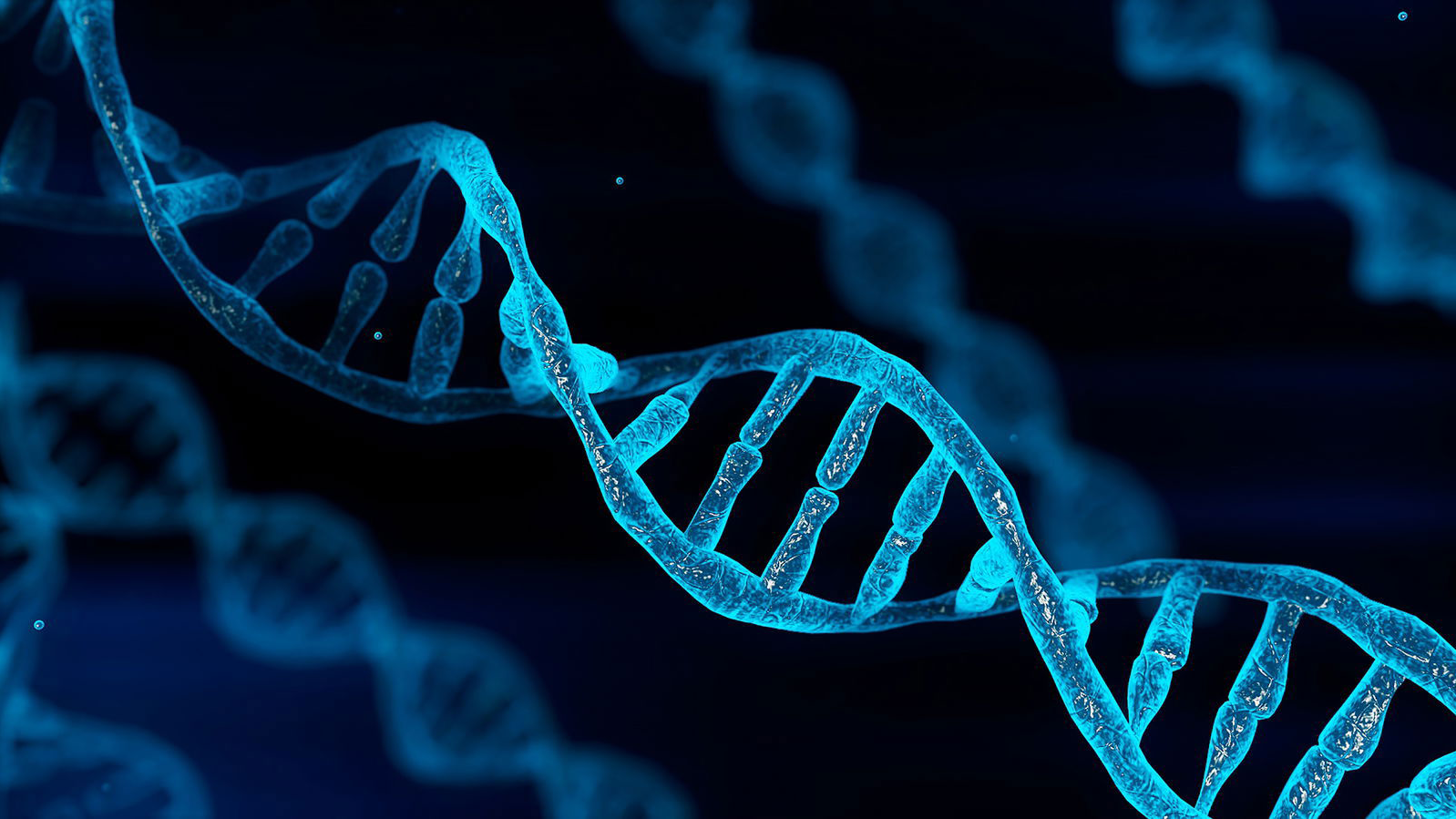
Human Endogenous Retroviruses (HERVs)—Evolutionary “Junk” or God’s Tools?
Contrary to being “junk” DNA, HERVs are thought to play at least three major roles.
Let’s begin by understanding what a retrovirus is. Most people are familiar with the human immunodeficiency virus (HIV), which causes acquired immunodeficiency syndrome (AIDS). HIV is an exogenous retrovirus, meaning that it originated outside the organism’s body. This type of virus has an interesting life cycle that allows it to incorporate itself into the genetic material of the host it infects. Unlike our genome, which is composed of DNA, the retroviral genome is composed of RNA. Once the retrovirus enters a host cell, its RNA genome is made into DNA (through an enzyme the retrovirus carries) and the DNA is integrated into the host genome—becoming a type of endogenous retrovirus, meaning that it is now a part of the genome in that cell. In the case of HIV, it can remain “quiet” for many years and, for unknown reasons, suddenly begin using the cell as a virus factory to make many copies of infectious HIV. These subsequently infect other cells—specifically, a type of immune system cell, which is destroyed and lowers the ability of the immune system to fight disease.
Many families of endogenous retroviruses exist throughout the human genome (forming as much as 8% of the genome), as well as throughout the genomes of most other living organisms.1 Unlike HIV, these “ancient” retroviruses purportedly integrated themselves into the genome long ago and have since accumulated mutations that have rendered them unable to produce infectious, exogenous viruses. In the past, they may have been a type of transposable element comprised of pieces of the genome that “jump” from one site to another. In humans, this activity is not currently observed with HERVs and no exogenous counterparts of HERVs exist.1 Until recently, many scientists considered HERVs a type of “junk” DNA and thought they served no function but rather were remnants of past infections.
Scientists, in a recent Genome Research article,2 claim to have reconstructed an infectious retrovirus that purportedly incorporated itself into the human genome less than 5 million years ago. The virus has been named Phoenix and was constructed through comparison of DNA sequences from the human endogenous retrovirus K family (HERV-K).2 HERV-K is proposed to be a fairly young (less than 5 million years) family, as it still contains a complete set of genes (albeit with mutations) necessary for a retrovirus to produce infectious viruses.1,2 The scientists involved in this recent study compared sequences of HERVs from many parts of the human genome and constructed a retroviral sequence they believe resembles the sequence of the “ancestral” retrovirus of this family.2 (HERVs throughout the genome have presumably accumulated different mutations, and through comparison a consensus sequence can be determined.2) A virus containing the ancestral sequence was produced and found capable of infecting a human cell line.2
What Are the Proposed Roles of HERVs?
Contrary to being “junk” DNA, HERVs are thought to play at least three major roles. One role is to control the regulation of genes (the expression of proteins from genes).1 Members of the HERV-K family are typically found in areas near genes.1 The regulatory role of HERVs has been demonstrated in the liver, placenta, colon, and other locations.1 It was recently reported that an endogenous retrovirus in sheep was necessary for maintaining pregnancy, as it was important in the formation of the placenta.3 HERVs also play a role in disease, and have been linked to various cancers and male infertility.1
Another role is—allegedly—in evolution. One article stated, “Genomic rearrangements caused by scattered homologous proviral sequences gave rise to countless genetic variations on which the evolutionary powers of selection and adaptation could work.”1 This means that retroviruses jumping in and out of the genome caused changes that were selected for, supposedly resulting in microbes becoming microbiologists. This type of evolution requires a gain of information that is not accomplished by retroviruses jumping around in the genome. In fact, mobility of transposable elements seems to be highly controlled by the host to provide stability to the host genome.4
The location of integration sites of transposable elements are used to determine evolutionary relationships: “A specific retroviral integration site shared by two species is indicative of a common ancestor because the likelihood of independent integrations at exactly the same locus (insertional homoplasy) is negligible.”1 Their presupposition of common ancestry is supporting their interpretation of the evidence for common ancestry. Could it also be indicative of a common designer? It is possible that certain sites are predisposed to the insertion of retroviruses. Since chimp and human genomes are similar, identical sites in the genomes may have seen incorporation of these retroviruses in the past.
How Do Biblical Creationists View the Roles of HERVs?
Obviously, there is no problem understanding that HERVs have roles in regulating genes (a God-designed function) and causing disease (due to mutations in HERVs as a result of the Fall). It has been suggested that HERVs and other transposable elements played a role in rapid genetic changes that occurred post-Flood to allow humans and animals to adapt to different environments, as suggested by the AGEing (altruistic genetic elements) mechanism.5 One article states, “Whether these repeated sequences [referring to transposable elements] are now ‘junk DNA’ is a complex issue.”4 Biblical creationists do not think that HERVs are “junk” DNA, but much work needs to be done to gain a greater understanding of the role of HERVs in the past and present. The difference is our starting point—the Word of God versus the word of man.
Footnotes
- Norbert Bannert and Reinhard Kurth, “Retroelements and the human genome: New perspectives on an old relation” [PDF], Proceedings of the National Academy of Sciences, 101:14572–14579, 2004.
- Marie Dewanneiux, et al., “Identification of an infectious progenitor for the multiple-copy HERV-K human endogenous retroelements,” Genome Research, published online October 31, 2006.
- ScienceDaily, Researchers discover that sheep need retrovirus for reproduction, September 11, 2006.
- Haig Kazazian, “Mobile elements: Drivers of genome evolution,” Science, 303:1626–1632, 2004.
- Linda K. Walkup, “‘Junk’ DNA: evolutionary discards or God’s tools?” TJ 14(2):18–30, 2000.
Recommended Resources

Answers in Genesis is an apologetics ministry, dedicated to helping Christians defend their faith and proclaim the good news of Jesus Christ.
- Customer Service 800.778.3390
- Available Monday–Friday | 9 AM–5 PM ET
- © 2026 Answers in Genesis





